"The less prosperous the economy is, the better low-priced fast-moving consumer goods such as lipsticks will sell."
This is the famous theory of "lipstick economy". The reason is that during an economic downturn, people are not confident in their future expectations and tend to be conservative in their consumption of high priced products, so they may be more cautious than usual
More "idle money" will redirect consumer desire towards low-priced and exquisite products, thus obtaining psychological comfort.
Since the outbreak of the epidemic, global economic growth has been under pressure, which is in line with the background of the popular economy. In the home appliance industry, small household appliances are relatively more willing and able to be consumed by people compared to large appliances. During the epidemic, it has indeed promoted a wave of demand release, achieving a bright period for small household appliances. Nowadays, with the gradual recovery of the economy, people are more inclined towards social scenes. According to data from multiple institutions, the overall size of the small home appliance market has significantly decreased this year.
How should the industry face a downward market situation when the way small appliances map exquisite lifestyles is no longer as effective?
The rapidly changing small home appliance industry
As is well known, the small home appliance industry has a short replacement cycle and fast changes. This year, in addition to the highly anticipated air fryer crash, there have also been significant changes in many categories. According to the overall data from GfK Zhongyikang, from January to September 2023, the growth rate of small household appliances in the cooking and environmental home categories decreased by 14.5% and 12.5% respectively, while the growth rates of the cleaning, personal care, and ironing markets increased by 4.2%, 25.2%, and 6.7%, respectively.
http://upload.cheaa.com/2023/1228/1703723944247
The epidemic has refreshed the level of attention that consumers attach to health factors, and the shift in consumer demand has promoted the growth of cleaning appliances into the largest sector of household appliances, while kitchen appliances have become the most mature and popular track in the industry. "From the perspective of consumer environment, the overall demand for kitchen categories was quite hot in the first three years, but now the market has not yet reached the deadline for updates, leading to overall pressure on the demand for kitchen appliances. From the perspective of user demand, we also feel that young people's consumption has shifted from impulse to rationality, and more emphasis is placed on the product itself." said Liu Kui, Deputy General Manager of Xiaoxiong Electric.
In fact, we can also simply divide the small home appliance category into "core essential categories" and "emerging long tail categories". In recent years, the rise of emerging brands has been continuously breaking the market pattern monopolized by traditional brands, and the long tail categories of emerging brand innovation are also dividing the market demand of core categories.
The core essential categories have a stable consumer group and a large market size. According to data from Aowei Cloud Network, from January to September this year, the retail sales of rice cookers, electric kettles, and electric pressure cookers increased by 1.2%, 4.4%, and -0.3% year-on-year, respectively, showing a certain degree of resilience; However, emerging categories have shown high uncertainty. For example, from January to September this year, sales of air fryers, desktop single grills, and wall breaking machines decreased by 44.2%, 37.3%, and 20.4% year-on-year, respectively, while electric steamers and coffee machines showed growth of 21.7% and 12.4%.
Although small household appliances are under overall pressure this year, there is still a good market prospect compared to the large household appliance industry. According to Euromonitor data, it is expected that the global small home appliance industry will maintain a growth rate of around 5% -6% in the future, reaching $293.17 billion in 2026. "In recent years, everyone has believed that small household appliances are a good sector. Compared to the high entry threshold of large household appliances, small household appliances have the advantages of low investment, fast growth rate, and strong profitability." said Ma Jia, analyst at GfK China.
"The profit from selling TV is as thin as a blade," the industry joked about the TV industry. More relevant sources have told China Home Appliance Network that the gross profit margin of Dajia Electric is generally only around ten percent. According to the gross profit margin statistics of mainstream small home appliance enterprises by Forward Industry Research Institute, the overall performance is significantly better than that of Dajia Electric. In addition, according to publicly available data from enterprises, the gross profit margin of some personal care companies can even exceed 70%.
http://upload.cheaa.com/2023/1228/1703723966815
The market outlook is still promising, but it is difficult to accurately position hot categories and book popular items among numerous categories. "During the period from the epidemic to now, the entire small household appliances have shown obvious characteristics of fast-moving consumer goods, with trendy IPs emerging one after another. However, the vitality of innovation in many categories is insufficient," said the person in charge of Midea Life Appliances. Especially in the current market environment, enterprises still need to find sources of market growth while effectively controlling costs. According to Fang Sunwei, a researcher at Guanyan Tianxia, the current growth in the small home appliance market mainly includes the Z generation, emerging white-collar workers, urban trendsetters, single aristocrats, refined mothers, and the enjoyment generation. Currently, small home appliance enterprises should innovate towards health preservation, mother and baby care, fashion, and other directions.
"The current market trend and opportunities are not as explosive as in previous years, and the expansion of the track is full of uncertainty. It is recommended that enterprises strengthen their professional fields, actively expand their channel shipping capabilities, ensure their market leading position, and win the opportunity in the next cycle of small home appliance growth," Ma Jia said.
"High end, intelligence, and integration" are key development keywords in the industry
In the post pandemic market adjustment, small household appliances have also shown many trends on the product side. For example, GfK data shows that the average price of many categories is currently showing an upward trend. Among them, the categories with increasing average prices in the dual line market include vacuum cleaners, air purifiers, electric heaters, dehumidifiers, humidifiers, electric shavers, electric stew pots, and so on.
"As market demand gradually saturates and downstream consumers lack confidence in consumption, price wars are no longer an effective means of stimulating consumption. Therefore, leading small home appliance companies have turned to adopting high-end or differentiated competition routes." Fang Sunwei said, referring to the development experience of China's smartphone and other home appliance industries such as refrigerators and washing machines, One of the effective means for current market competition is for top enterprises to adopt a high-end brand strategy.
GfK China analyst Ha Xiaolei believes that upgrading the product structure in the future is one of the rigid trends for small household appliances and even overall household appliances. Jiuyang Group has clearly stated in this year's semi annual report that it will focus on laying out its mid to high end product line. In addition, during recent exchanges with small home appliance enterprises on China Home Appliance Network, many relevant officials also expressed that high-end and intelligent development is the future direction.
This year is the first year of the "big model", and many home appliance companies have already integrated intelligent models into their products. At the same time, the rapid development of intelligence has forced enterprises to have higher requirements for their products. "The trend of intelligence with WiFi is over," said the person in charge of Midea Home Appliances. "The current intelligence should be more reflected in the functionality of the product, such as its ability to make intelligent judgments on food cooking based on users' health needs."
http://upload.cheaa.com/2023/1228/1703723990130
"Digitization and intelligence can make the supply chain run faster, and its purpose is not only from the perspective of people and products, but also to have greater development in social networks. In the future, Orange Cloud will also create a stage model, rather than a purely product model." said Li Shiqi, Chairman of Orange Cloud.
In addition, functional integration is another obvious trend in current small home appliance products. After the sales of multifunctional pots under the Mofei brand under Xinbao Electric Appliances opened up, integration was further upgraded. The fastest-growing category of electric steamers in kitchen appliances this year basically includes multiple functions such as steaming, boiling, frying, and rinsing. At the same time, there is a trend of integrating functions such as air frying, microwave, steaming, and electric baking.
Currently, the kitchen area of users is relatively small, and integration is indeed a good solution. However, many integrations in the market are not effective, and some products integrate many functions that consumers may not need. To achieve just the right solution to user needs, it is best to do high-frequency and low-frequency combinations, which integrate essential and scenario specific needs, and also control the price. If a product integrates many functions and is expensive, it may be The audience range is relatively narrow The person in charge of Midea Life Appliances said.
In fact, although there is uncertainty in the industry trend, the market trends in the next stage can be glimpsed from the cutting-edge innovation achievements released by top and bottom brands each year. As one of the three major international home appliance and consumer electronics exhibitions in the world, AWE will be held from March 14th to 17th, 2024 at the Shanghai New International Expo Center, which has a dedicated small home appliance exhibition hall. At that time, there will be exhibitions of various categories of household appliances, including kitchen, cleaning, personal care, as well as numerous new products from more than 30 small home appliance companies such as Subor, Jiuyang, Philips, Aishida, Xiaoxiong Electric, Dongling, Mofei, Blaupuntk, and Daewoo. Showcasing the strategic trends of the enterprise can also help the industry find trend categories with development potential in communication.
Digging for Gold in Overseas Markets
On the other hand, as the domestic market falls into a red ocean, further exploration of overseas markets has become a strategic plan for small home appliance enterprises. At present, with the support of relevant national policies, the "the Belt and Road" initiative benefits more countries, cross-border transactions are becoming more convenient, and the sea route of small appliances is also more open and flat.
According to the relevant person in charge, Subor's overall export business revenue has remained at 25-30% in recent years; The overseas revenue proportions of Xiaoxiong Electric Appliances and Biyi Shares are around 10% and 90% respectively; Xinbao Group and Beiding Group's export business accounted for 75.75% and 28.95% respectively in the first three quarters of this year. In addition, public information shows that in the first half of this year, the overseas revenue of Jiuyang Shares and Ecovacs accounted for 21.3% and 34.3%, respectively.
Among them, the responsible persons of Midea Home Appliances and Little Bear Appliances told China Home Appliance Network that they will increase investment in independent brands in overseas markets in the future; Xinbao Group and Ecovacs stated that they will actively explore domestic and international markets and increase investment in the future; Jiuyang will further enrich its export product categories, export new technologies and differentiated products; The person in charge of Supor stated that in the future, the company's export business will still be mainly based on OEM, and hopes to leverage the sales growth of major export customers to drive the company's sales growth.
According to Madhouse's analysis of the global small home appliance market, mature markets represented by North America have developed early and well, and demand continuous improvement in their products; The growth markets represented by Europe, such as the UK, Germany, and France, have maintained sustained growth rates, showing great interest in new categories and still have good room for growth; The opportunity market represented by Southeast Asia and other Asian regions currently has a low penetration rate for small home appliances, with a scale growth rate of nearly 10% in the past five years, indicating enormous development potential. "In the future, high-end small home appliances in China will mainly be sold to the European region, and mid to low-end small home appliances can enter the Southeast Asian and African markets," said Fang Sunwei.
"Compared to China, the overseas market is obviously larger in size and has more opportunities, but with different national conditions, the environment will also be more complex." GfK China analyst Yang Yisheng said, "The mature market brand pattern is relatively rigid, and entering the market will face a lot of competition. However, countries with smaller markets, although entering the market is relatively easy, need to spend more time and effort to cultivate consumer awareness, and cannot form economies of scale in the short term."
Currently, more and more home appliance technologies in China are leading the world. Yang Yisheng believes that currently Russia and the Middle East are relatively good choices. "With the withdrawal of foreign-funded enterprises, Russia has left a significant market gap, while the Middle East region has seen significant GDP growth and relatively affluent per capita in recent years, making it one of the fastest-growing regions in the small home appliance market and a very promising opportunity market."
Overall, the self driving force of the small home appliance market is constantly creating star products, with product forms changing and popular categories rotating, but consumers are always the last gatekeepers. "If we can bring more excellent Chinese 'technologies' overseas and combine them with the usage habits of consumers in different countries to create products, we believe it can effectively stimulate consumer purchasing demand. For enterprises, it is necessary to continuously track and segment the Chinese consumer group, carry out long-term planning and iterative upgrading of products, in order to maintain vitality in the rapidly changing domestic home appliance market." Yang Yisheng said.



 English
English 中文简体
中文简体

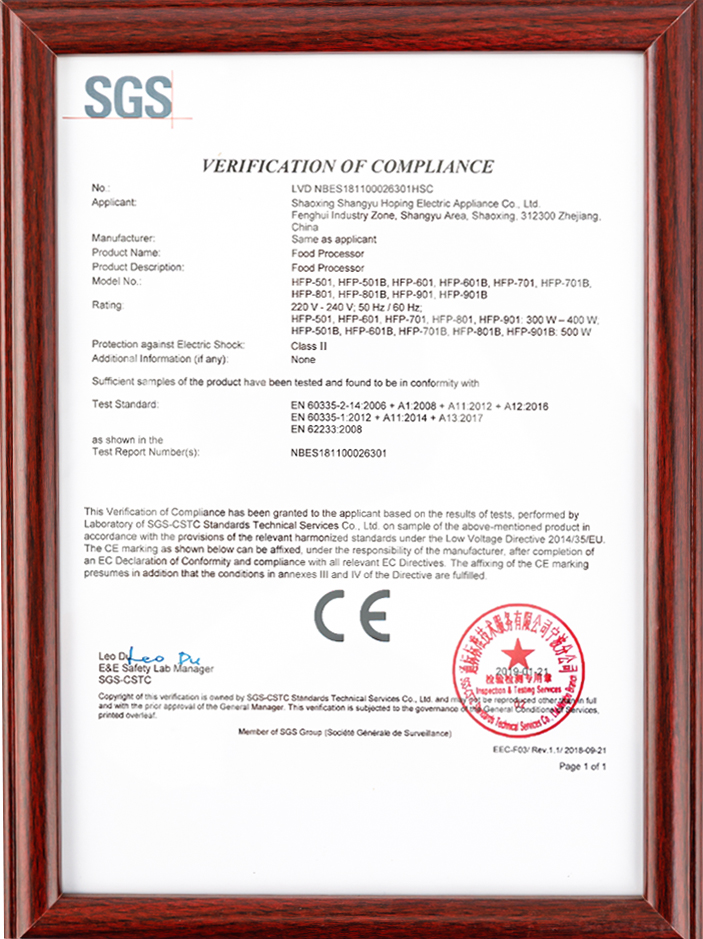
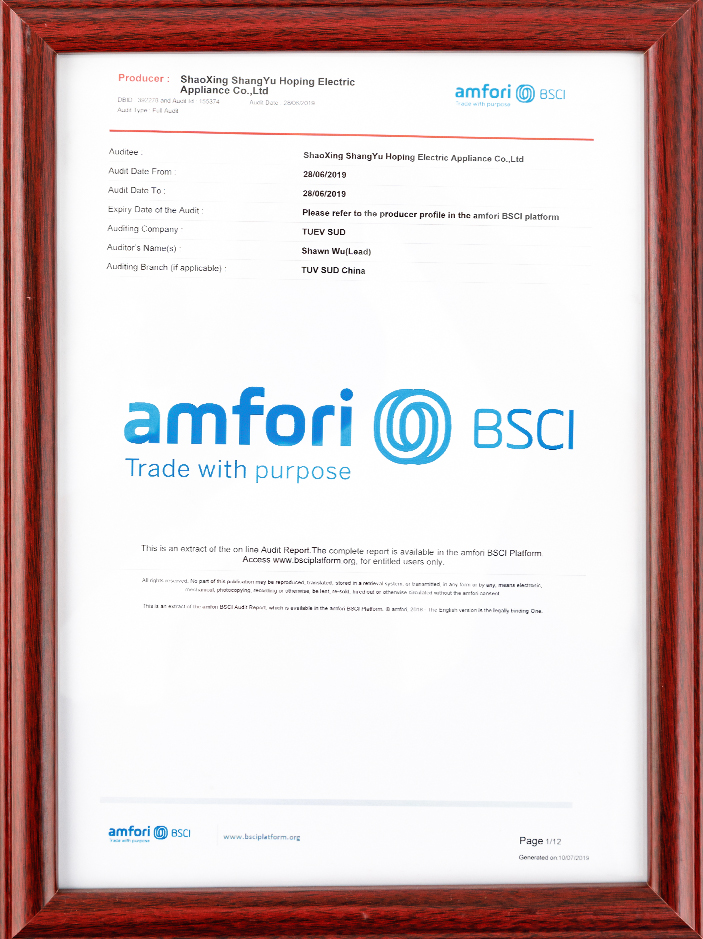
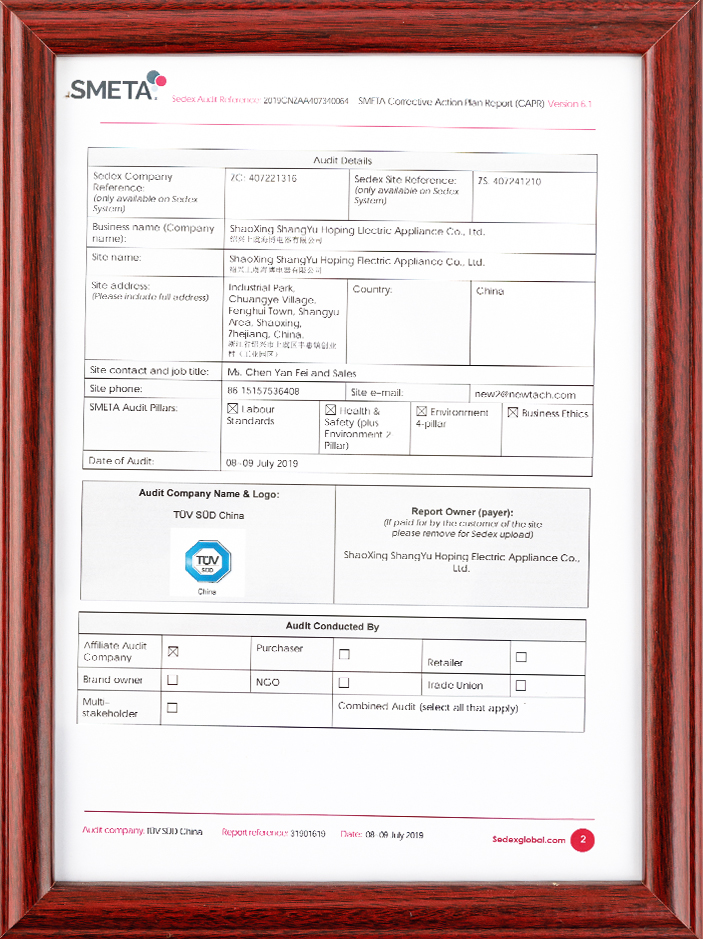
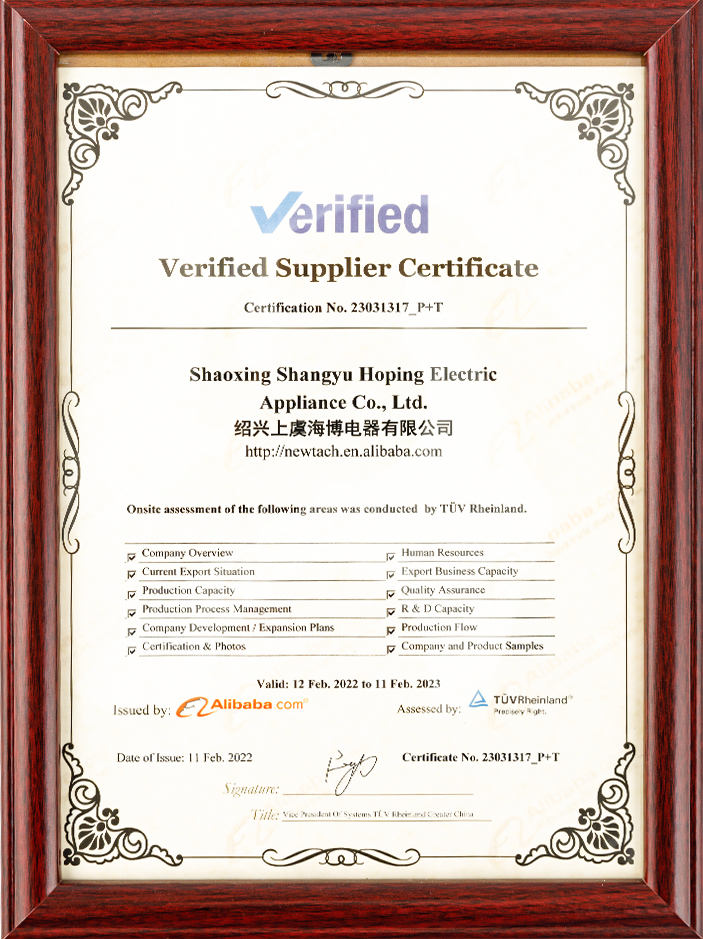
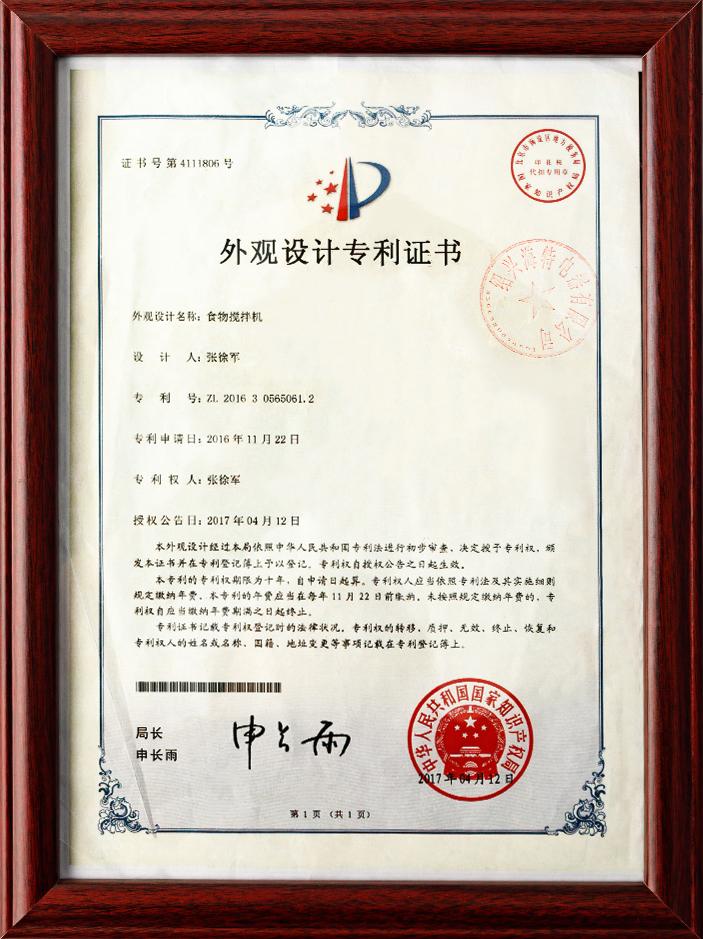
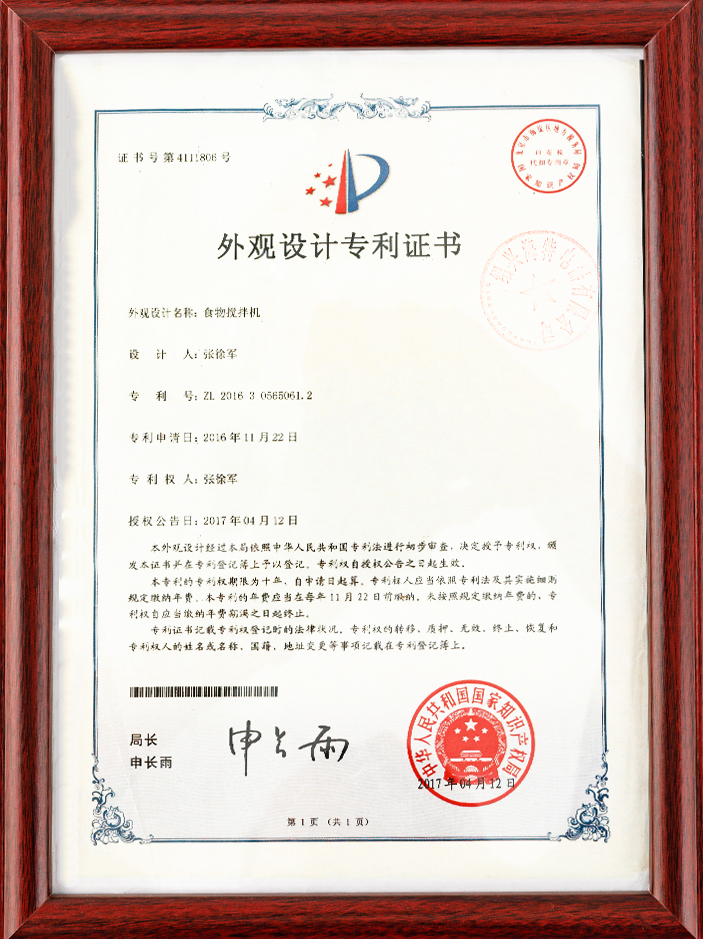
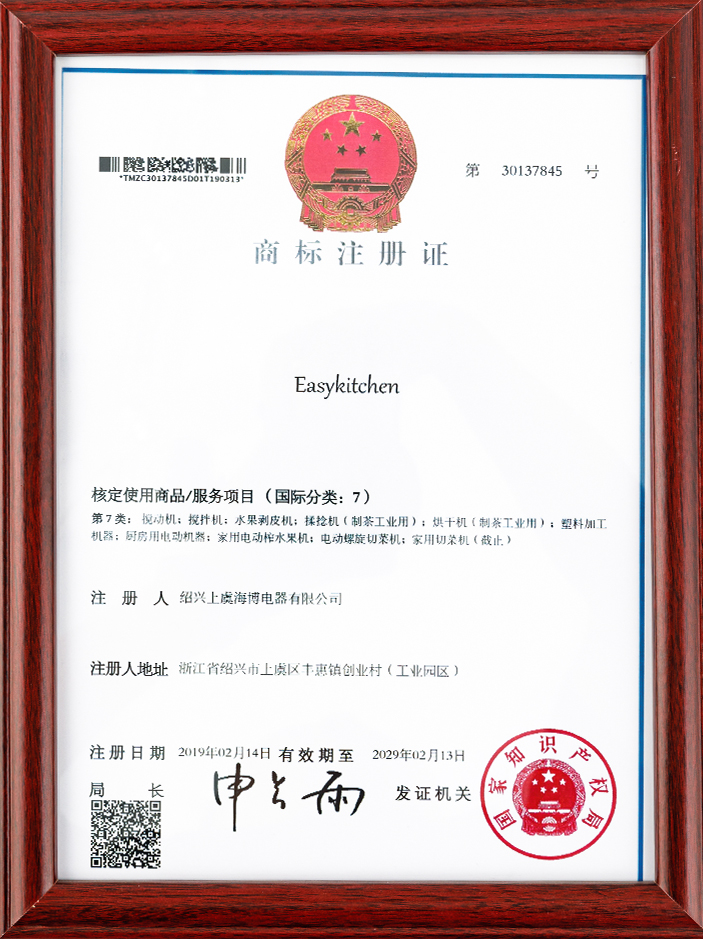
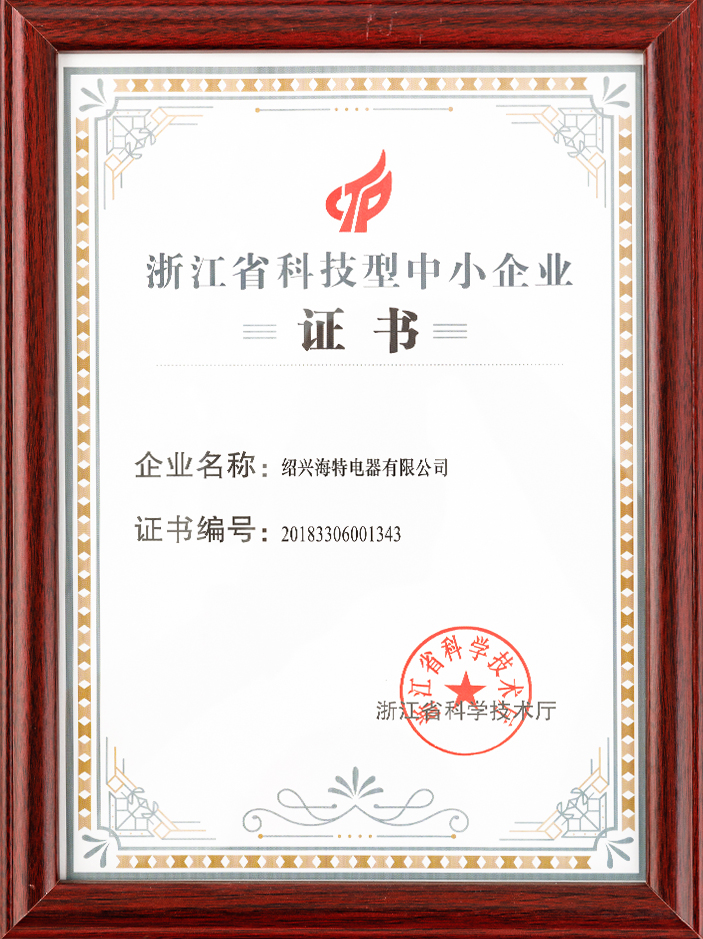
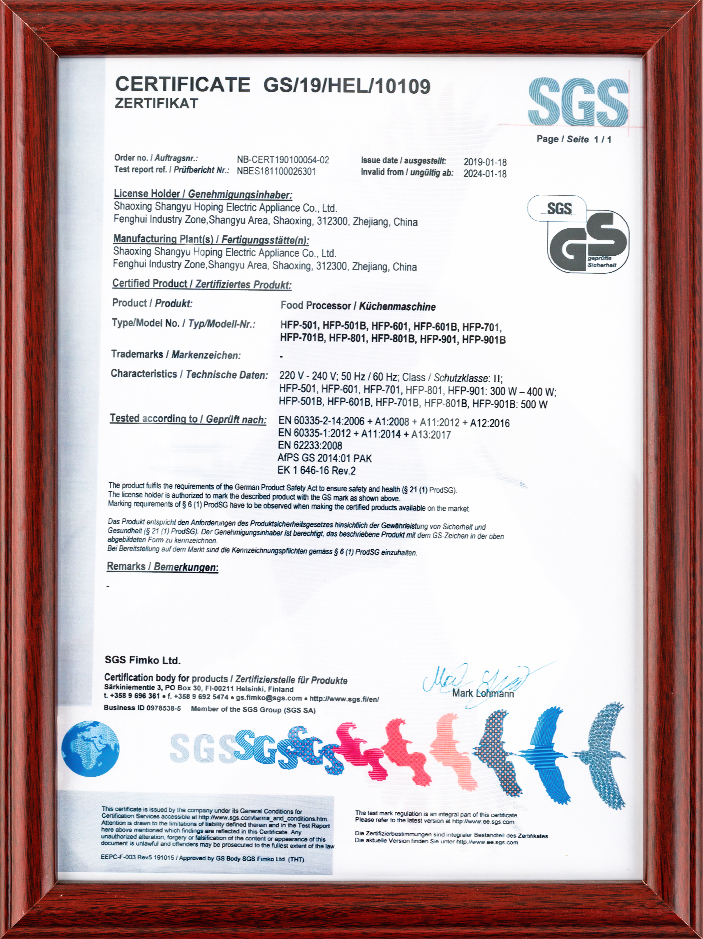





 浙公网安备 33060402001386号
浙公网安备 33060402001386号 